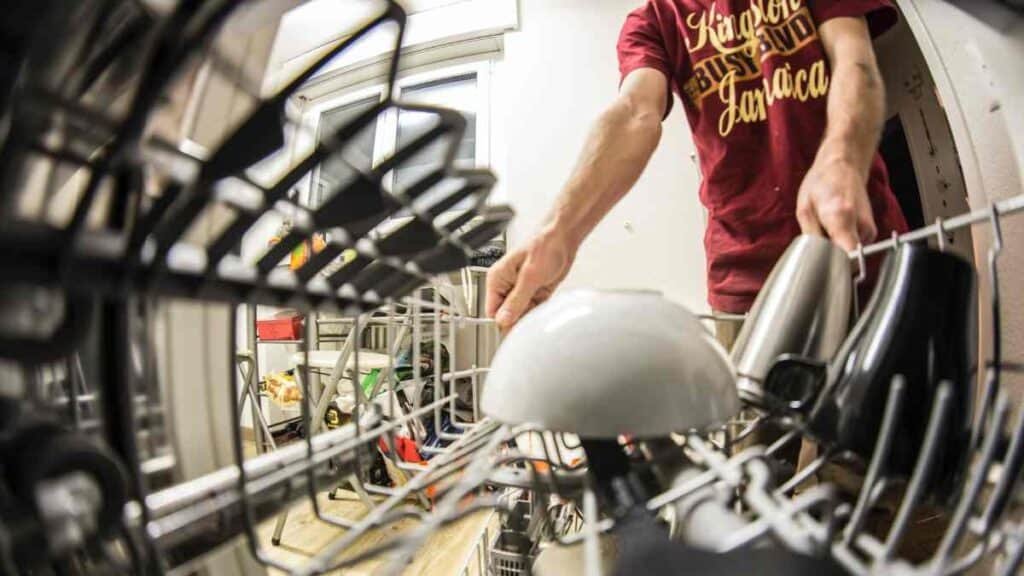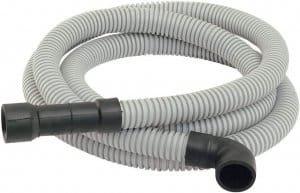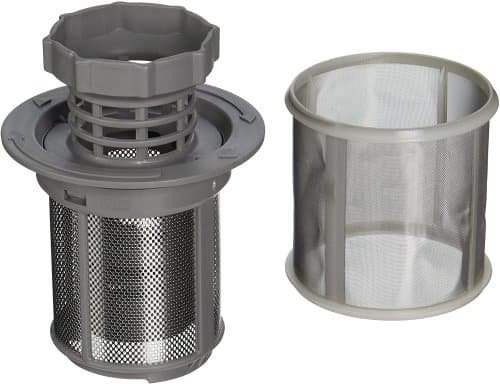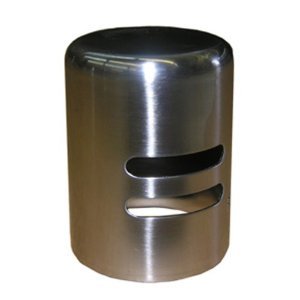If water is not emptying from your dishwasher, there could be a few possible reasons for this issue. Firstly, check to see if the drain hose is clogged or kinked, as this can prevent proper drainage. You can try cleaning out the drain hose and ensuring it is properly connected to the sink drain or garbage disposal.
Another common reason for water not emptying from a dishwasher is a clogged filter or drain basket. These components can become blocked with food particles and debris over time, causing drainage issues. Try removing and cleaning the filter and drain basket to see if this resolves the problem.
If these steps do not fix the issue, there may be a problem with the dishwasher’s pump or motor that requires professional repair. It’s best to consult a technician if you are unable to identify or resolve the cause of the drainage problem on your own.

Table of Contents
Understanding the Problem
When water does not empty from the dishwasher, it can be a frustrating and inconvenient issue. Standing water at the bottom of the dishwasher can leave your dishes dirty and cause unpleasant odors. To address this problem effectively, it is crucial to understand the potential causes and solutions. This comprehensive guide will help you diagnose and fix your dishwasher’s drainage issues, ensuring your appliance runs smoothly.
Common Causes of Dishwasher Drainage Issues
1. Clogged Drain Hose
A clogged drain hose is a frequent culprit behind water not draining from the dishwasher. Over time, food particles, grease, and debris can accumulate in the hose, obstructing the flow of water. Regular cleaning of the drain hose can prevent clogs and maintain proper drainage.

2. Blocked Filter
The dishwasher filter is designed to catch food particles and debris, preventing them from entering the drain hose. However, if the filter becomes clogged, it can impede water flow and cause drainage problems. Cleaning the filter regularly is essential for maintaining optimal dishwasher performance.

3. Faulty Drain Pump
The drain pump is responsible for expelling water from the dishwasher. If the pump is malfunctioning, it can prevent water from draining properly. Common signs of a faulty drain pump include unusual noises during the drain cycle or the dishwasher stopping mid-cycle.
4. Air Gap Issues
An air gap is a device installed on the kitchen sink to prevent backflow from the sink into the dishwasher. If the air gap becomes clogged or malfunctioning, it can lead to drainage problems. Cleaning the air gap can often resolve this issue.

5. Garbage Disposal Blockages
In some setups, the dishwasher drain hose connects to the garbage disposal. If the garbage disposal is clogged, it can prevent the dishwasher from draining correctly. Ensuring the garbage disposal is free of blockages is essential for proper dishwasher drainage.
Step-by-Step Troubleshooting Guide
Step 1: Check the Drain Hose
- Disconnect the Power: Always ensure the dishwasher is unplugged or the circuit breaker is turned off before performing any maintenance.
- Locate the Drain Hose: The drain hose is usually located at the back of the dishwasher. Disconnect it from the sink or garbage disposal.
- Inspect for Clogs: Use a flashlight to look for any visible clogs. You can also use a long, flexible brush or a plumber’s snake to remove any obstructions.
- Clean and Reattach: Rinse the hose thoroughly, reattach it, and ensure it is securely fastened.
Step 2: Clean the Filter
- Remove the Bottom Rack: Pull out the bottom rack of the dishwasher to access the filter.
- Locate and Remove the Filter: The filter is typically located at the bottom of the dishwasher. Follow the manufacturer’s instructions to remove it.
- Clean the Filter: Rinse the filter under running water and use a soft brush to remove any stubborn debris.
- Reinstall the Filter: Place the clean filter back in its position and ensure it is securely fitted.
Step 3: Inspect the Drain Pump
- Access the Drain Pump: Depending on your dishwasher model, you may need to remove the bottom panel to access the drain pump.
- Check for Obstructions: Inspect the pump for any debris or obstructions that may be preventing it from functioning correctly.
- Test the Pump: If possible, use a multimeter to test the pump’s electrical continuity. Refer to your dishwasher’s manual for specific instructions.
- Replace if Necessary: If the pump is faulty, replace it with a new one following the manufacturer’s guidelines.
Step 4: Clear the Air Gap
- Locate the Air Gap: The air gap is usually positioned on the sink or countertop.
- Remove the Cover: Twist off the cover of the air gap.
- Clean the Air Gap: Use a small brush or a toothpick to clear any debris from the air gap.
- Reassemble: Replace the cover and ensure it is securely fitted.
Step 5: Check the Garbage Disposal
- Run the Disposal: Turn on the garbage disposal to clear any potential blockages.
- Inspect the Connection: Ensure the dishwasher drain hose is properly connected to the garbage disposal.
- Clean if Necessary: If the garbage disposal is clogged, use a disposal cleaner or follow the manufacturer’s instructions to clear it.
Preventive Maintenance Tips
1. Regular Cleaning
Regularly clean the dishwasher filter, drain hose, and air gap to prevent buildup and clogs. Use a dishwasher cleaner monthly to maintain optimal performance.
2. Proper Loading
Avoid overloading the dishwasher and ensure that dishes are loaded correctly. Improper loading can block the spray arms and filter, leading to drainage issues.
3. Scrape Food Debris
Before placing dishes in the dishwasher, scrape off excess food debris. This simple step can prevent clogs and maintain efficient water flow.
4. Run Hot Water
Run hot water in the sink before starting the dishwasher. This helps to ensure that the dishwasher starts with hot water, improving cleaning efficiency and preventing grease buildup.
5. Check Hoses Regularly
Inspect the drain hose and water inlet hose periodically for any signs of wear, damage, or kinks. Replace hoses if necessary to prevent leaks and drainage problems.
When to Call a Professional
While many dishwasher drainage issues can be resolved with DIY troubleshooting, some problems require the expertise of a professional. If you have followed all the steps above and your dishwasher still does not drain, it is time to call a qualified appliance repair technician. Professional assistance is also recommended if you are not comfortable performing any of the troubleshooting steps yourself.
A professional can:
- Diagnose complex issues that are not apparent through basic troubleshooting.
- Repair or replace faulty components, such as the drain pump or electronic controls.
- Ensure your dishwasher is installed correctly to prevent future drainage problems.
By understanding the common causes of drainage issues and following our detailed troubleshooting guide, you can effectively address and prevent water not emptying from your dishwasher. Regular maintenance and prompt attention to any problems will keep your dishwasher running smoothly and efficiently.
